AI needs supercomputing. Check out the 10 most powerful supercomputers in the world
Supercomputers are faster than traditional computers and are used to run AI workloads
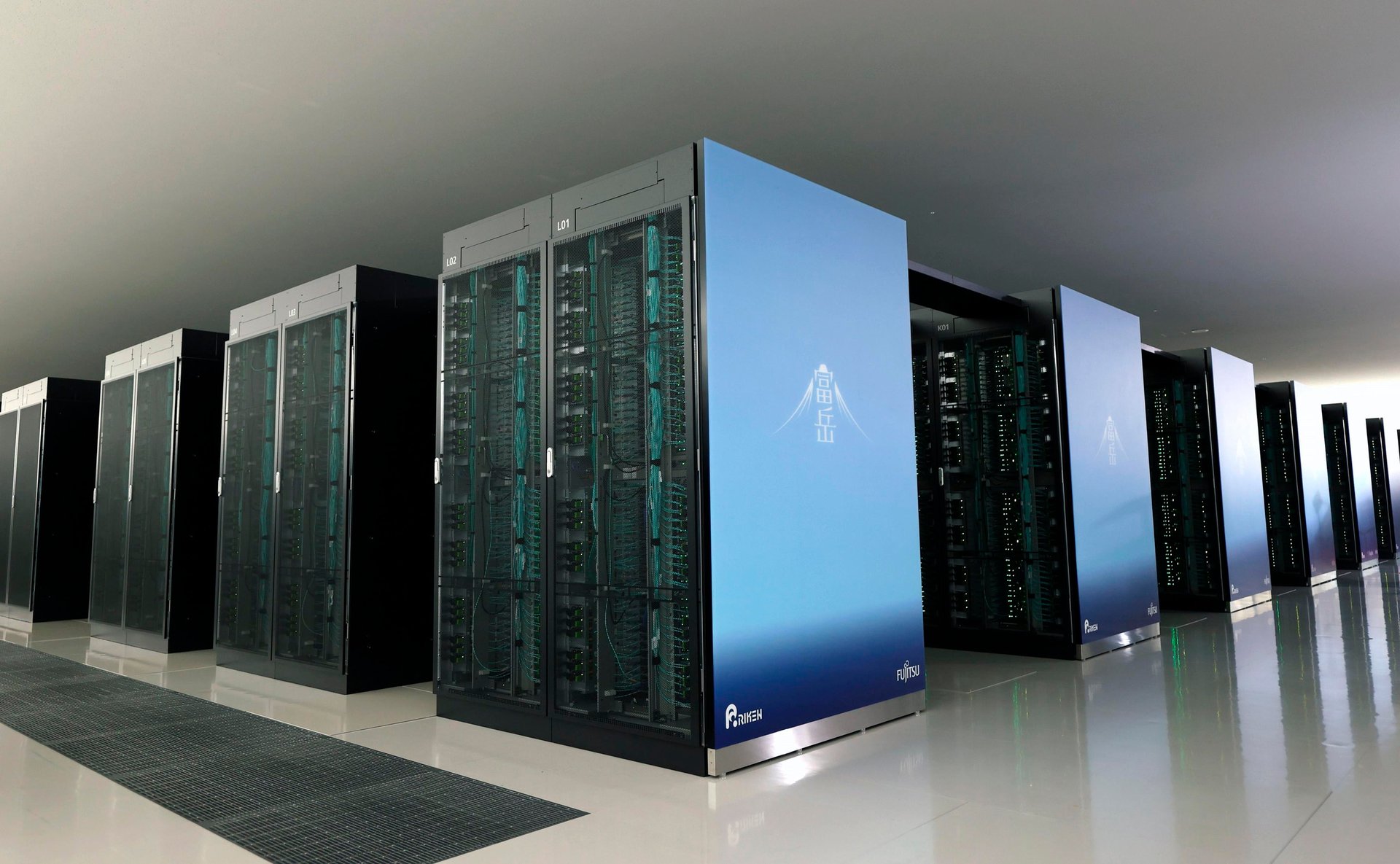
The current artificial intelligence boom would not be possible without the fastest computers in the world — supercomputers.
Supercomputing, a type of high-performance computing, involves extremely fast computers that use multiple central processing units, or CPUs, grouped into compute nodes. These nodes are made up of a processor or group of processors and memory, and can communicate to solve problems. Supercomputers can consist of tens of thousands of nodes, which also interconnect with I/O systems such as data storage and networking.
Supercomputers have been used to discover new materials to develop batteries and chips, in disease research, and to run AI workloads.
Compared to even the fastest laptop, supercomputers can have one million times more processing power, according to IBM (IBM). Supercomputing uses floating-point operations per second, or FLOPS, as a measurement, and petaflops are a unit of a computer’s speed equal to a thousand trillion flops, or 10 to the 15th power.
The U.S. is home to five of the ten most powerful supercomputers in the world, according to the 64th edition of the TOP500. The top three supercomputers, all based in the U.S., are classified by TOP500 as exascale systems — a computer that can perform at least one exaflop, or one quintillion operations per second (or 1,000 times a petaflop).
Here are the ten most powerful supercomputers in the world measured in petaflops, according to TOP500.
2 / 11
10. Tuolumne
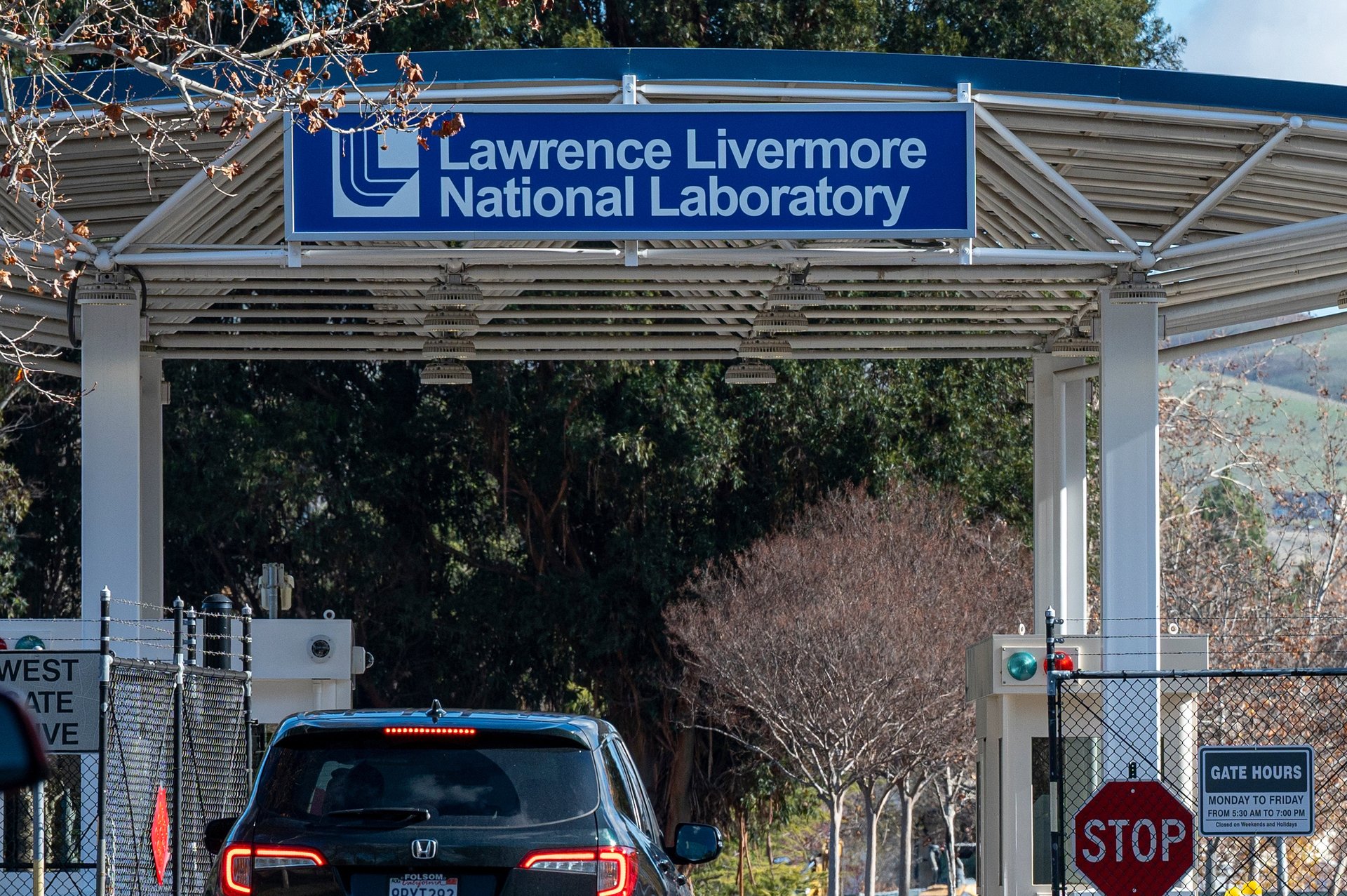
The Tuolumne system is installed at the Lawrence Livermore National Laboratory in Livermore, California. It’s a sister system and has identical architecture to the world’s most powerful supercomputer, according to TOP500.
Tuolumne reached 208.1 petaflops, and consumes 3,387 kilowatts of power. This supercomputer was manufactured by HP Enterprise (HPE), and uses AMD’s (AMD) fourth-generation EPYC 24C 1.8GHz processors and Instinct MI300A accelerated processing units, and Cray’s Slingshot-11 interconnect.
3 / 11
9. Leonardo

The Leonardo supercomputer is a EuroHPC system installed at a CINECA site in Italy, and was manufactured by Eviden. Leonardo uses Intel’s (INTC) Xeon Platinum 8358 32C 2.6GHz chips, Nvidia’s (NVDA) A100 SXM4 accelerators, and Nvidia’s HDR100 Infiniband as interconnect.
Leonardo reached 241.2 petaflops, and consumes 7,494 kilowatts of power.
4 / 11
8. Lumi

The Lumi system is installed at a EuroHPC center at the CSC — IT Center for Science in Espoo, Finland, and was manufactured by HP Enterprise.
Lumi reached 379.7 petaflops, and consumes 7,107 kilowatts of power. This supercomputer uses AMD’s optimized third-generation EPYC 64C 2GHz and Instinct MI250X chips, and Cray’s Slingshot-11 interconnect.
5 / 11
7. Alps

The Alps system is installed at the Swiss National Supercomputing Centre in Lugano, Switzerland, and was manufactured by HP Enterprise. This supercomputer uses Nvidia’s Grace 72C 3.1GHz and GH200 Superchip chips, and Cray’s Slingshot-11 interconnect.
Alps reached 434.9 petaflops, and consumes 7,124 kilowatts of power.
6 / 11
6. Supercomputer Fugaku
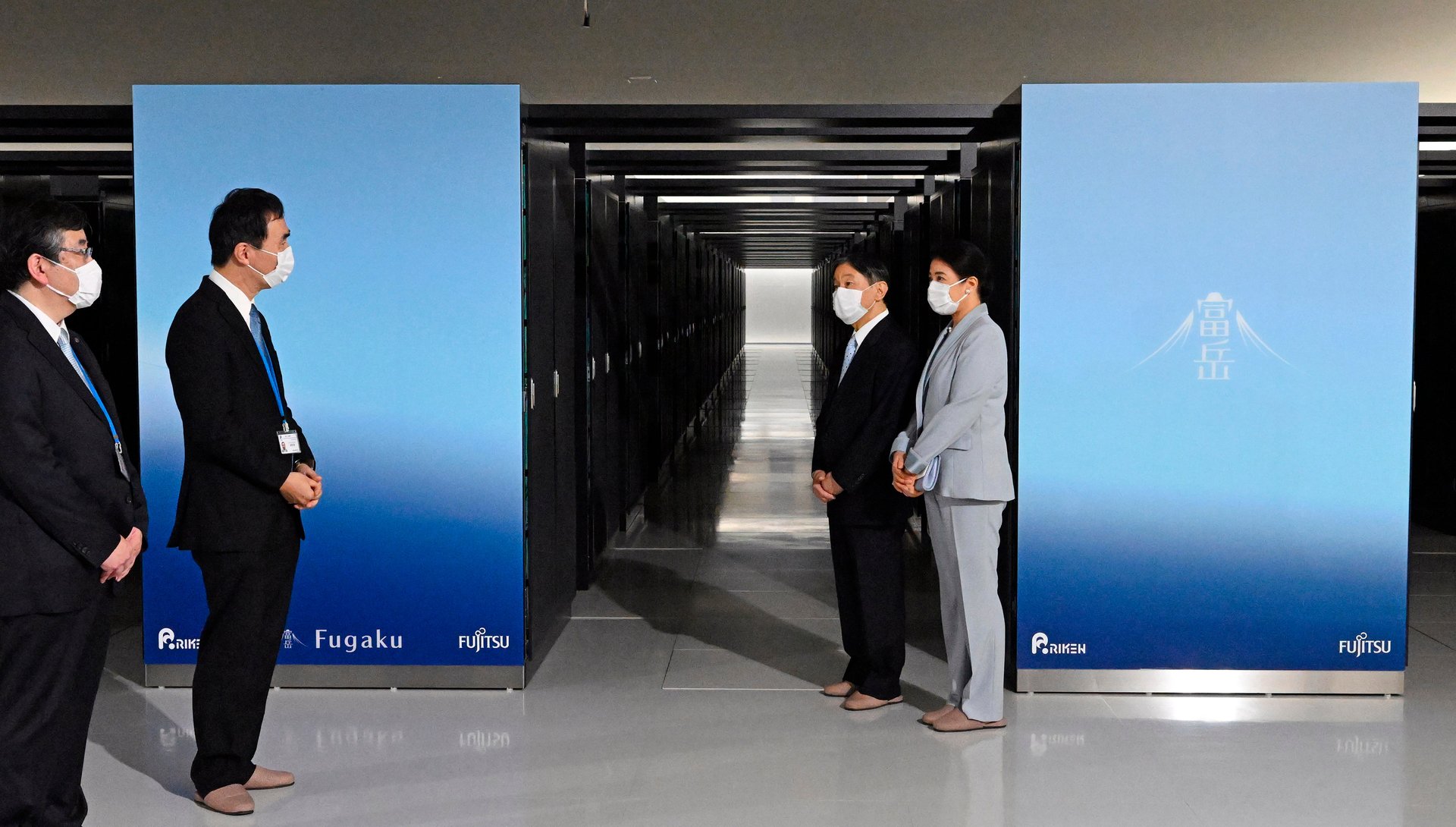
The Fugaku system is installed at the RIKEN Center for Computational Science in Kobe, Japan, and was manufactured by Fujitsu (FJTSY). This supercomputer uses Fujitsu’s A64FX 48C 2.2GHz processors and Tofu interconnect D.
Fugaku reached 442.01 petaflops, and consumes 29,899 kilowatts of power. On the High-Performance Conjugate Gradient benchmark, Fugaku has been the top-ranked supercomputer since June 2020, according to the TOP500.
7 / 11
5. HPC6
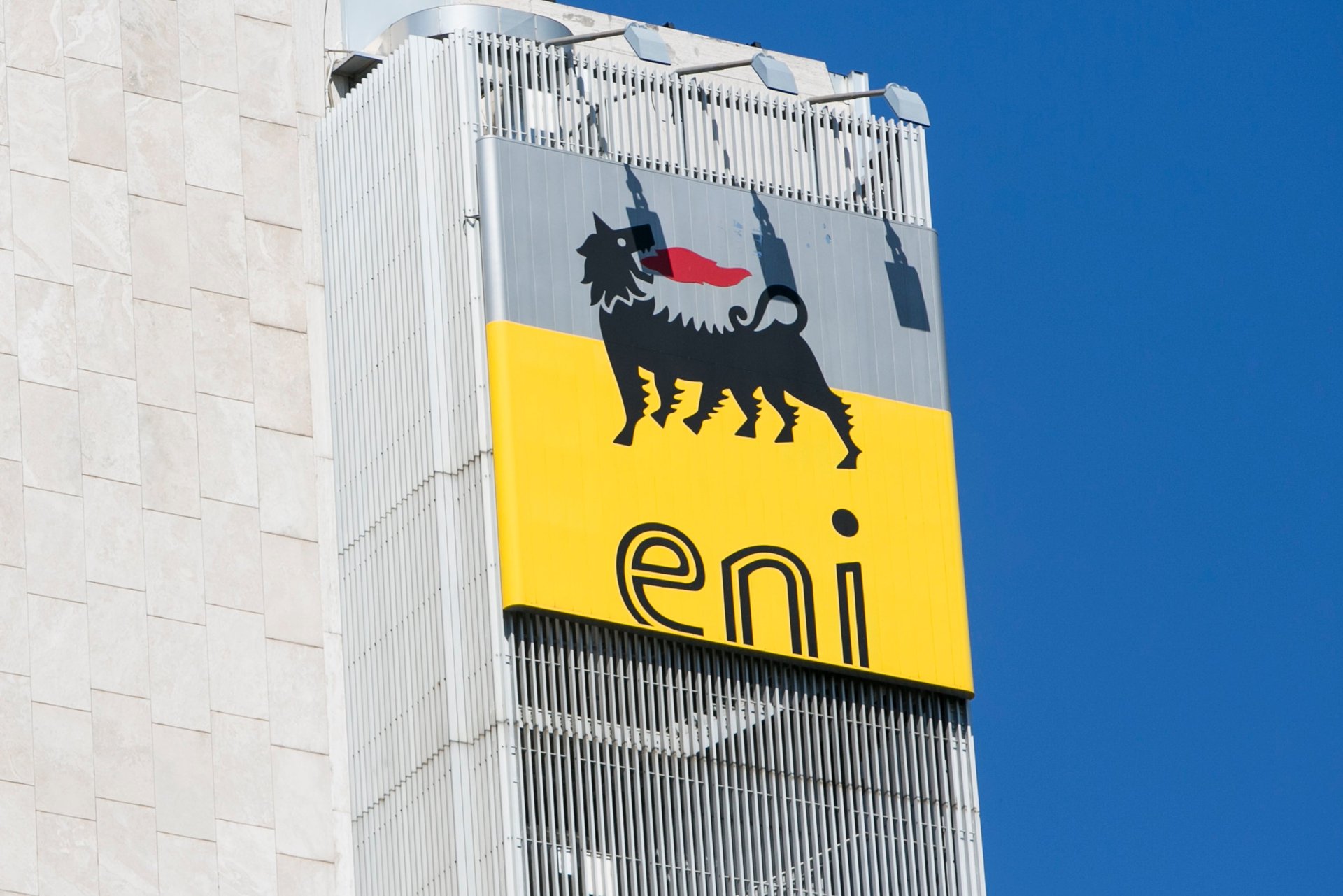
The HPC6 system is installed at an Eni S.p.A. center in the Ferrera Erbognone commune in Italy. This supercomputer was manufactured by HP Enterprise, and uses AMD’s optimized third-generation EPYC CPUs optimized for high performance computing and Instinct 250X accelerators, and Cray’s Slingshot-11 interconnect.
HPC6 reached 477.9 petaflops, and consumes 8,461 kilowatts of power.
8 / 11
4. Eagle

The Eagle system is installed in Microsoft’s (MSFT) Azure cloud, and uses Intel’s Xeon Platinum 8480C 48C 2GHz chips, Nvidia’s H100 accelerators, and Nvidia’s Infiniband. This supercomputer was manufactured by Microsoft.
Eagle reached 561.2 petaflops.
9 / 11
3. Aurora
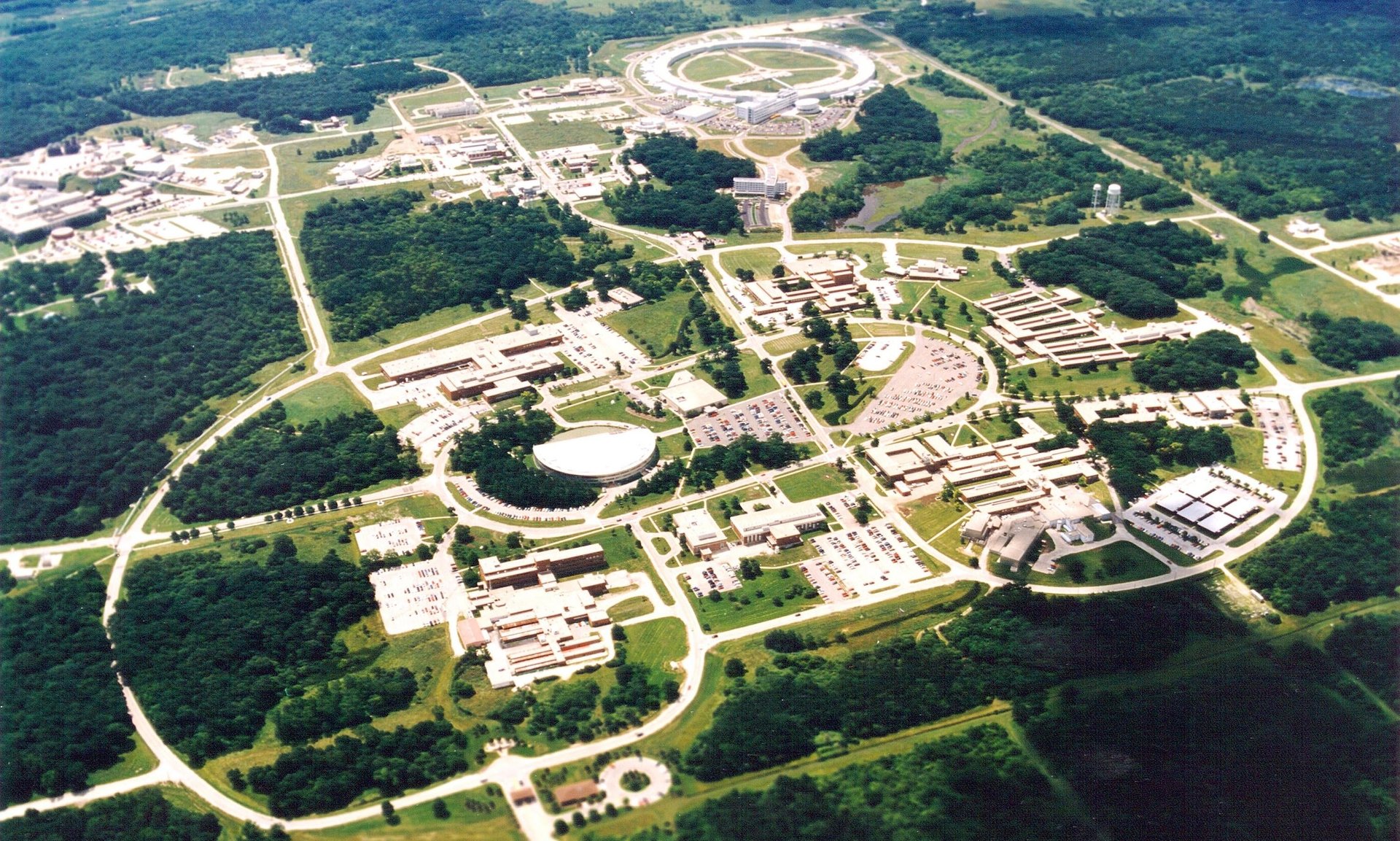
The Aurora system is installed at the Argonne Leadership Computing Facility in Argonne, Illinois, and was sponsored by the U.S. Department of Energy. This supercomputer was manufactured by HP Enterprise, and uses an Intel system based on the HP Enterprise Cray EX - Intel Exascale Compute Blades. Aurora uses Intel’s Xeon CPU Max Series chips, Intel’s Data Center GPU Max Series accelerators, and Cray’s Slingshot-11 interconnect.
Aurora reached 1.012 exaflops, and consumes 38,698 kilowatts of power.
10 / 11
2. Frontier
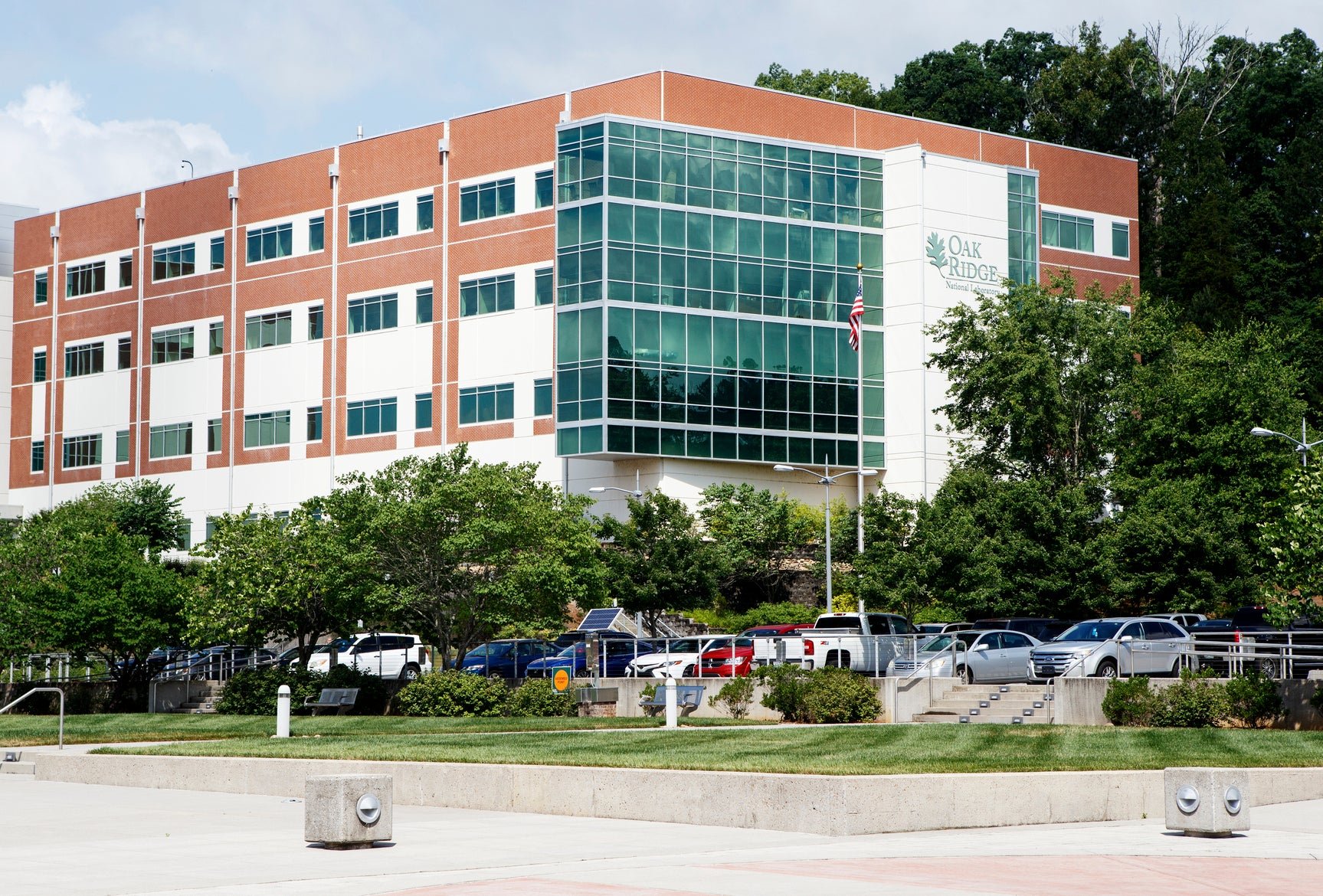
The Frontier system is installed at the Oak Ridge National Laboratory in Oak Ridge, Tennessee, and is operated for the U.S. Department of Energy. This supercomputer was manufactured by HP Enterprise, and uses AMD’s optimized third-generation EPYC 64C 2GHz and Instinct MI250X chips, and Cray’s Slingshot-11 interconnect.
Frontier reached 1.35 exaflops, and consumes 24,607 kilowatts of power.
11 / 11
1. El Capitan
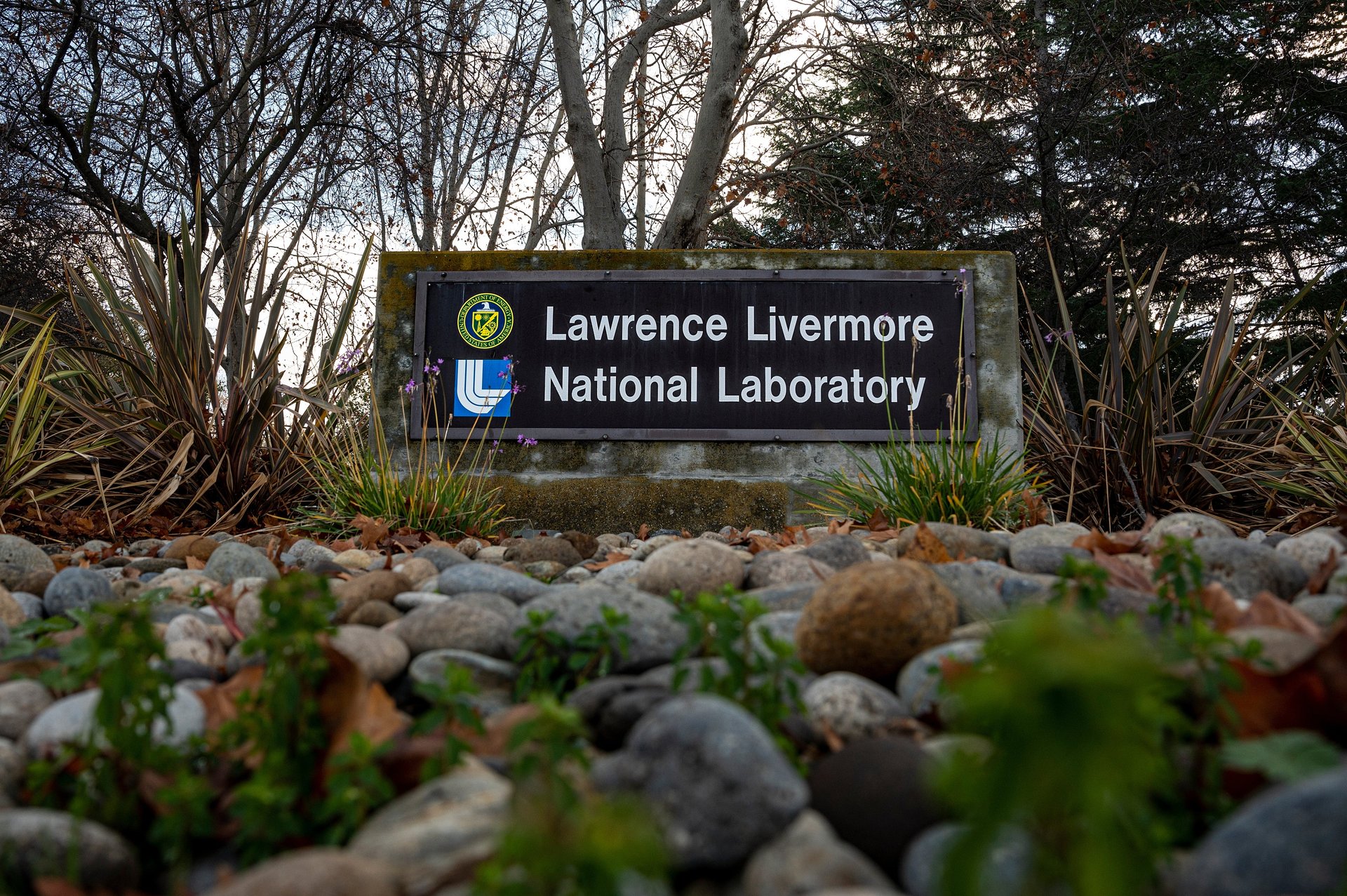
The El Capitan system is installed at the Lawrence Livermore National Laboratory in Livermore, California, and was sponsored by the U.S. Department of Energy. This supercomputer was manufactured by HP Enterprise, and uses AMD’s fourth-generation EPYC 24C 1.8GHz and Instinct MI300A chips, and Cray’s Slingshot-11 interconnect.
El Capitan reached 1.74 exaflops, and consumes 29,581 kilowatts of power.